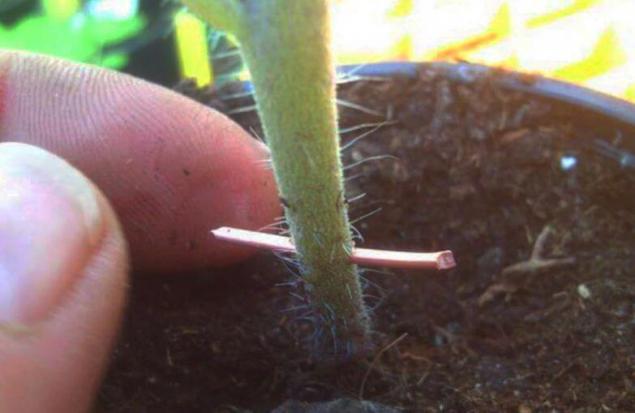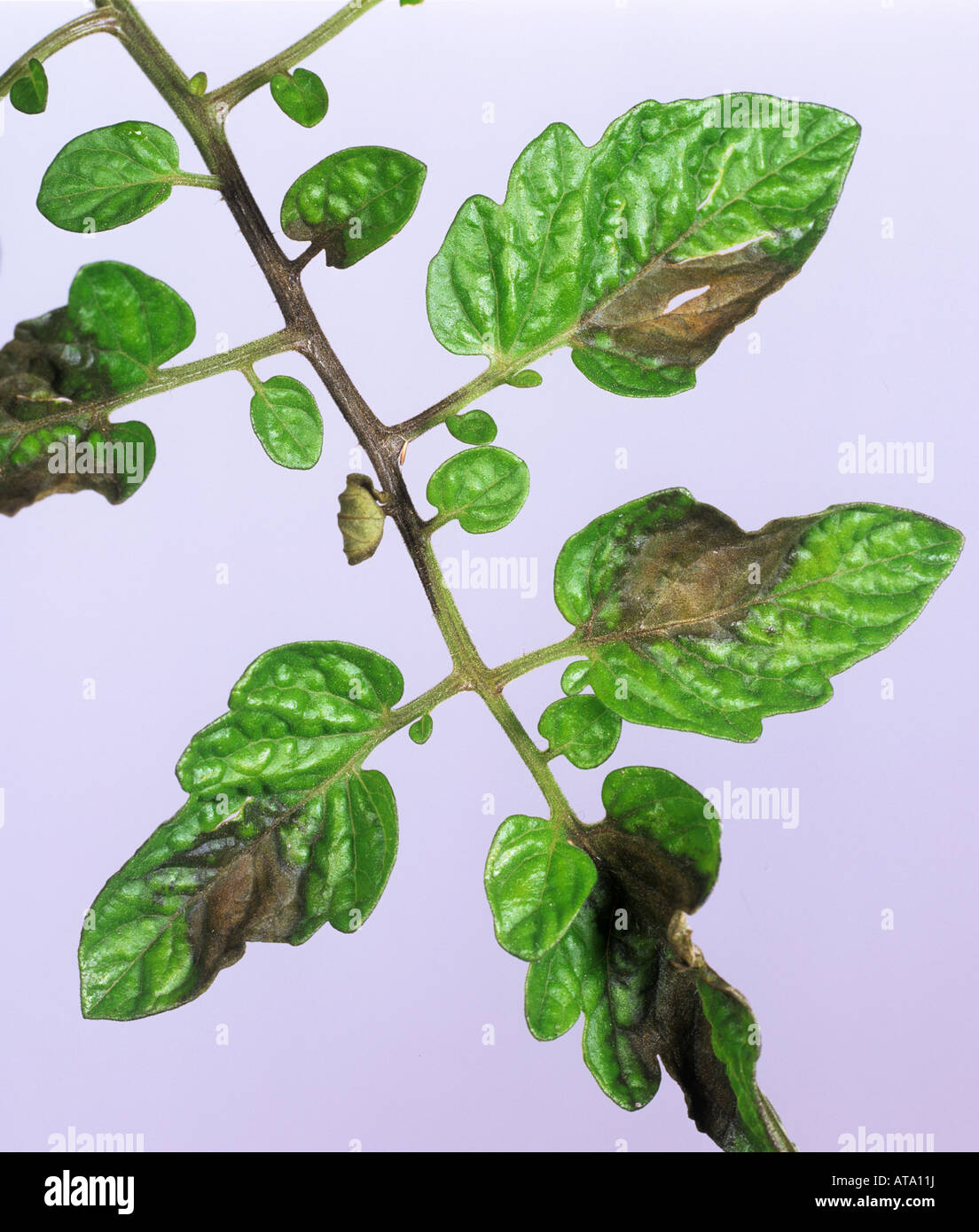
- PHYTOPHTHORA ON TOMATOES SKIN
- PHYTOPHTHORA ON TOMATOES FREE
RHS Flower Show Tatton Park - 19–23 July 2023. RHS Hampton Court Palace Garden Festival - 4–9 July 2023. When the maximum number of applications of a fungicide is reached, switch to an unrelated alternate product with a different mode of action. Always follow fungicide label instructions for application rates, spray intervals and limitations on numbers of sprays. Crops should be monitored throughout the growing season for late blight. Begin a fungicide program early in the season, always before disease develops, and continue through until harvest. It is difficult to eradicate the disease with fungicides when it has already set in. Use fungicides as part of a preventative program. Carefully manage irrigation to avoid increasing disease risk through prolonged periods of wetness. Use proper hilling to reduce infection in tubers. Control weed hosts, such as hairy nightshade. Promptly remove or destroy volunteer potatoes found in other crops grown in rotations or elsewhere. Increase spacing of plants to reduce canopy density. Use proper cultural practices, including the following, as the first line of defense: The use of certified seed is highly recommended. Obtain seed from farms with effective disease management practices. Sources of disease include infected seed, cull piles and volunteers. The most important aspect of late blight management is to eliminate or reduce the initial source of the disease each season. Fungicides cannot be used alone for effective control of late blight, but must be used as one tool in an integrated management strategy. Since, late blight is a community disease, for effective control integrated management MUST be adopted. Each sporangium is capable of initiating a new infection that will become visible within three to four days and produce sporangia within another day or two under optimal conditions. Individual lesions can produce 100,000 to 300,000 sporangia per day. Epidemics can be rapid and devastating because of the high reproductive potential of this pathogen. Under dry conditions no sporulation occurs and the lesion has a brown dead center, surrounded by host tissue that has collapsed.ĭisease development (growth and reproduction of the pathogen) is favored by moderate temperatures and wet conditions. Lesions enlarge as the pathogen grows through the tissues, and the pathogen can sporulate from older lesions when the environment is favorable (leaf wetness and moderate temperature). Necrotic areas on some lesions are only 1 to 2 mm in diameter 
Infections are visible as small lesions after three to four days. Germination takes place either indirectly via zoospores or directly via a germ tube that penetrates into foliage, stems, or fruit to initiate infections.
PHYTOPHTHORA ON TOMATOES FREE
Sporangia can germinate within a few hours after landing on potato or tomato foliage if free moisture (e.g., dew, rainfall, sprinkler irrigation, fog) is present.
infestans is usually dispersed aerially one to several miles from the overwintering site to living potato or tomato foliage via sporangia. Usually it lives in infected potato tubers, which can survive in storage or the soil after harvest or anywhere potatoes might be discarded. Phytophthora infestans requires a living host to survive between seasons. 
PHYTOPHTHORA ON TOMATOES SKIN
Potato tubers with the disease develop a reddish-brown discoloration under the skin and these areas may become sunken.Īffected leaf, stem, fruit or tuber tissue often eventually develops a white-gray, fuzzy look as the late blight organism begins to reproduce. Tomato fruits with late blight develop large, often sunken, golden- to chocolate-brown, firm spots with distinct rings. If weather conditions are cool and wet, entire plants can collapse and die from late blight in seven to 10 days Stems can also exhibit dark-brown to black areas. On leaves of tomato or potato, late blight begins as pale-green or olive-green areas that quickly enlarge to become brown-black, water-soaked, and oily-looking. When the environment is favorable, late blight symptoms will become visible in three or four days.

Reproduction is asexual each sporangium is an exact copy of the one that initiated the parent lesion, and each can initiate a new lesion. Sporangia disperse to healthy tissues via rain splash or on wind currents. infestans grows and reproduces rapidly on the host crop. Severe late blight epidemics occur when P. High moisture and moderate temperatures are conditions that favor rapid production of the disease. It can infect and destroy the leaves, stems, fruits, and tubers of potato and tomato plants. Late blight of potatoes and tomatoes is a disease caused by a fungus-like oomycete pathogen Phytophthora infestans that was responsible for the Irish potato famine in the mid-nineteenth century.







 0 kommentar(er)
0 kommentar(er)
